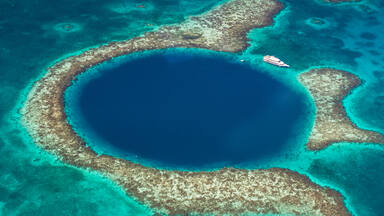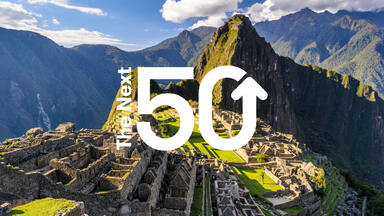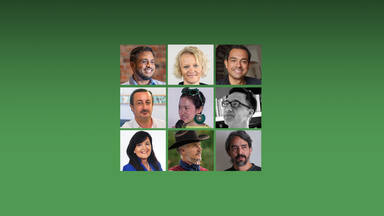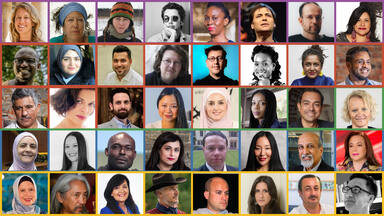Jana Apih
Managing Director of GoodPlace Factory of Sustainable Tourism
Jascivan Carvalho
Entrepreneur social dans le domaine du tourisme culturel et d'aventure et pionnier du tourisme communautaire autochtone
Vision for the Next 50
In the Next 50… Tourism is supported by a system such as a national certification programme that encourages local actors to take part in sustainable practices and is inspired by knowledge of indigenous and local communities.
In the Next 50… Local communities are empowered and acknowledged to play a pivotal role in sustainable tourism. We recognize their cultural values that attract tourists, their sustainable practices that protect natural resources, and their knowledge that enhances the touristic experience.
Summary
The dialogue between Jana Apih and Jascivan Carvalho highlighted the value of local communities for sustainable tourism. They agreed that knowledge of local communities can be used to promote sustainable practices and enhance the tourist experience. Local communities must in turn benefit from such sustainable tourism.
Apih described the Slovenian certification program, a system that provides local destinations with national support and guidance for sustainable tourism. She also elaborated on Ljubljana’s green tourism initiative, designed to develop a city where locals are put in first place. Carvalho talked about the double-sided relationship between indigenous people and nature regarding tourism: indigenous people depend on nature as a touristic destination to attract visitors, and the local communities simultaneously protect these natural resources from tourism.
Dialogue
Watch the dialogue
Explore other sessions
Five dialogue sessions covering five themes take place in 2022, each joined by thinkers in paired dialogue from diverse regions. The interdisciplinary dialogues inspire new visions for the next 50 years of World Heritage.



